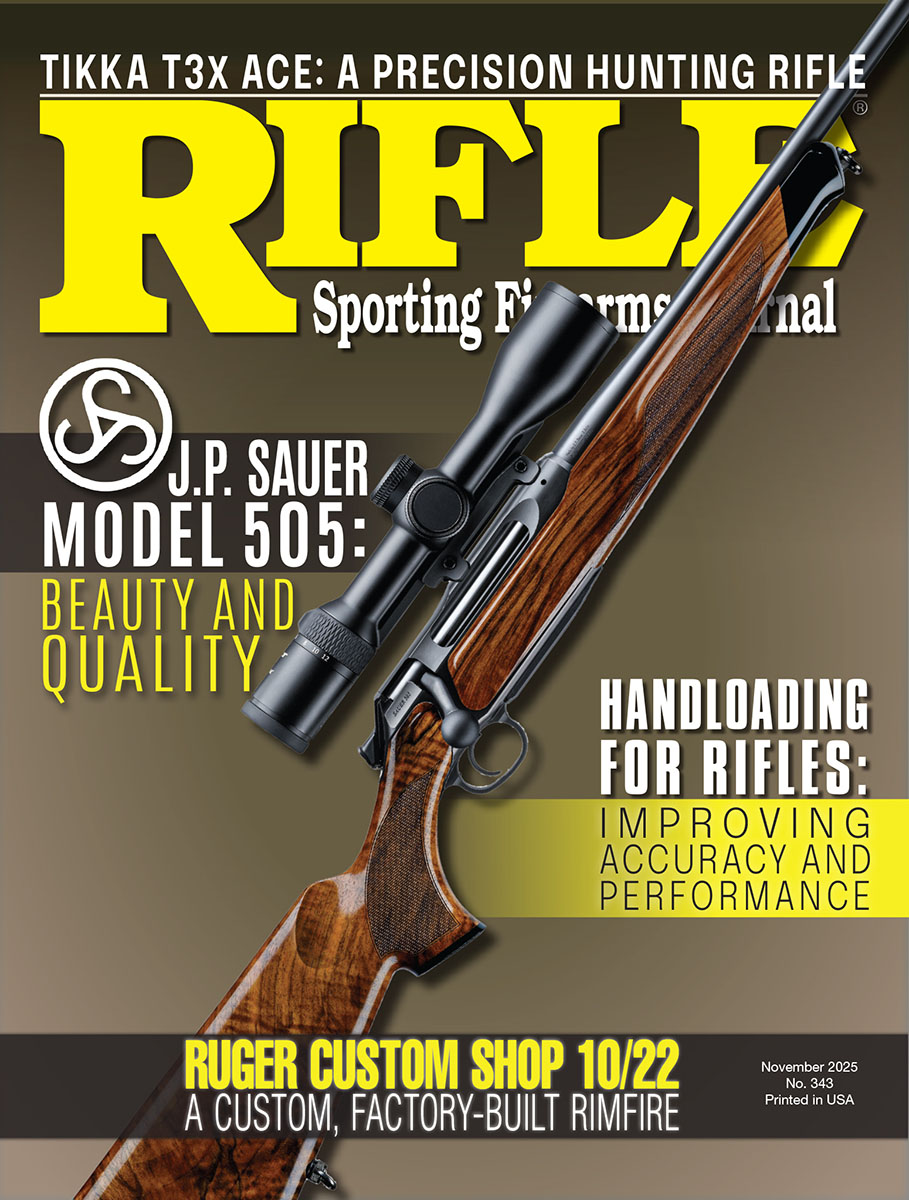The Model 505 from J.P. Sauer
Building on Quality
feature By: Terry Wieland | November, 25
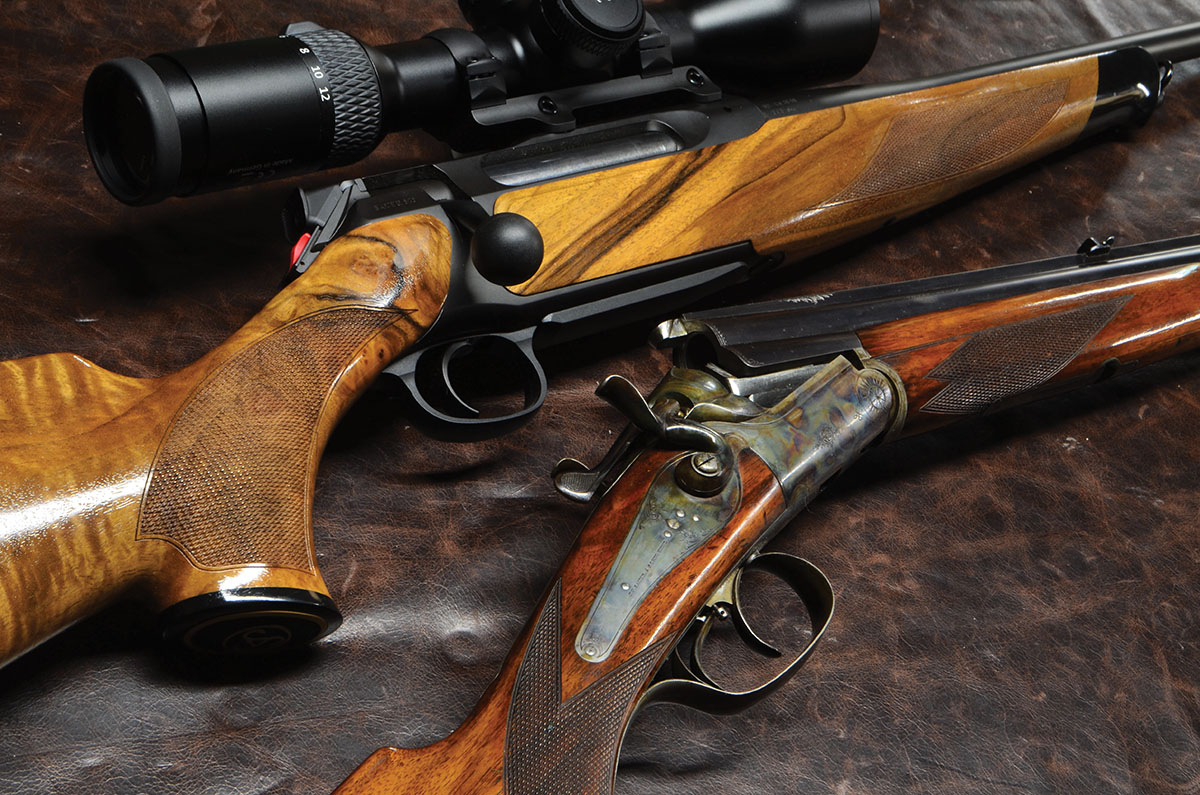
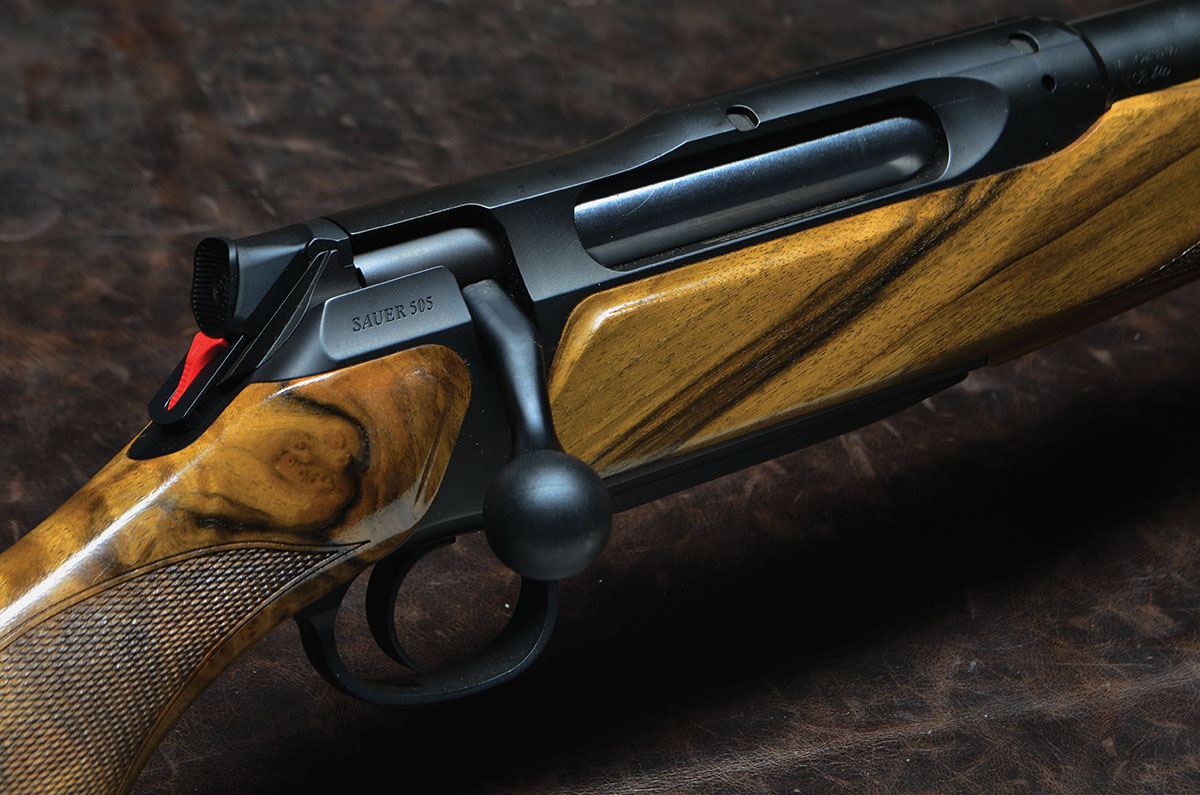
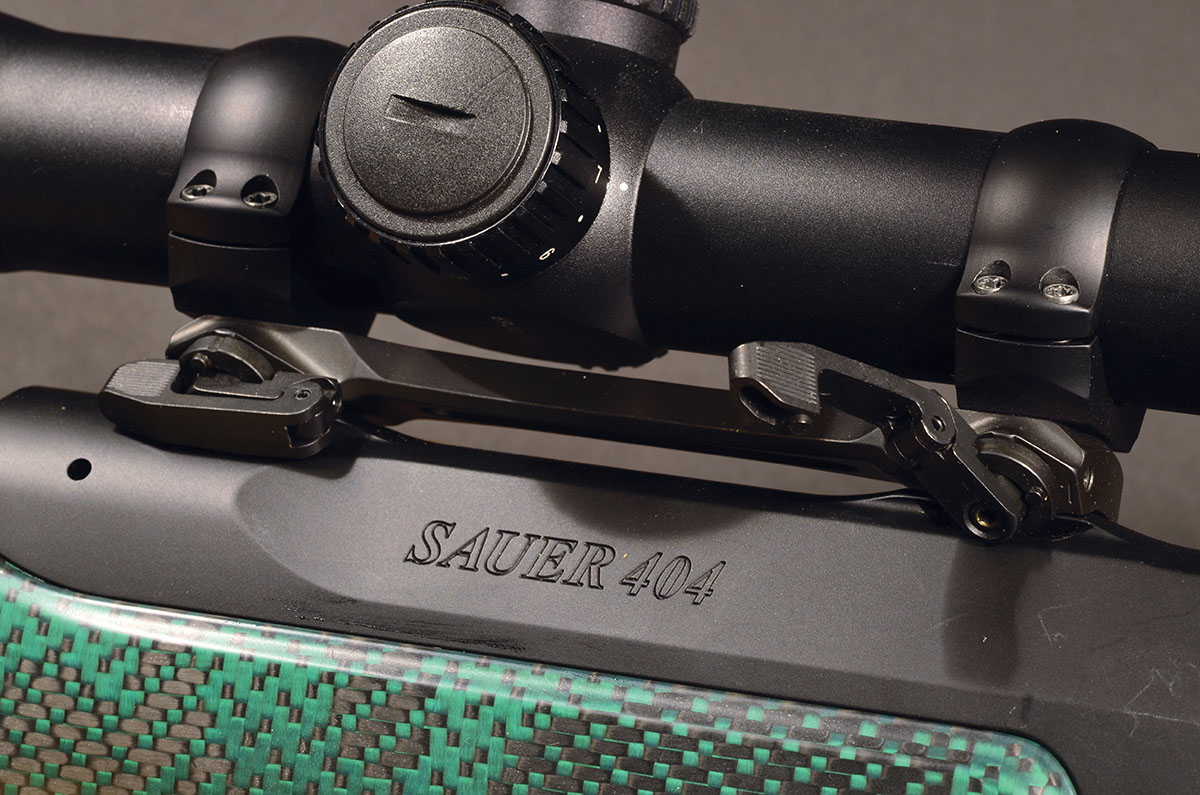
Second, I have a long but modest association with Sauer. My first real quality shotgun, purchased in 1968, three months after I landed my first newspaper job, was a Sauer ‘Royal’ side-by-side. Used, it set me back 125 Canadian dollars - roughly three weeks’ wages - but the dealer assured me it was “a great gun.” He wasn’t lying, and I’ve been a Sauer fan ever since.
My first premium rifle? A Weatherby Mark V made for the California company by J.P. Sauer. It was both a good rifle and a lucky one, and it cemented my esteem.
Finally, there is the sheer quality of everything that emerges from Sauer’s factory in Isny im Allgau, Germany, situated beside its stablemates, Mauser and Blaser. While Mauser concentrates mainly on traditional bolt-action rifles, and Blaser espouses the straight-pull bolt, J.P. Sauer’s design engineers have been perfecting what I would call the “modern bolt-action.” The new Sauer 505 is the latest iteration.
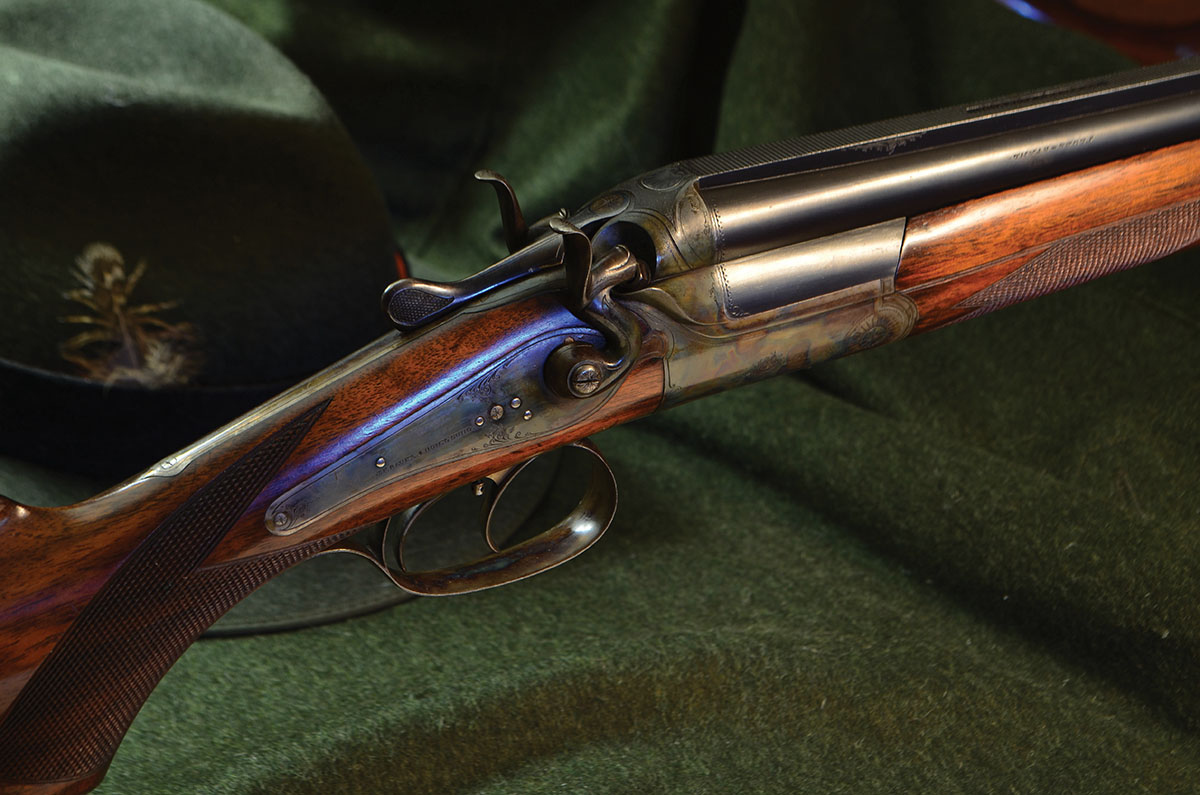
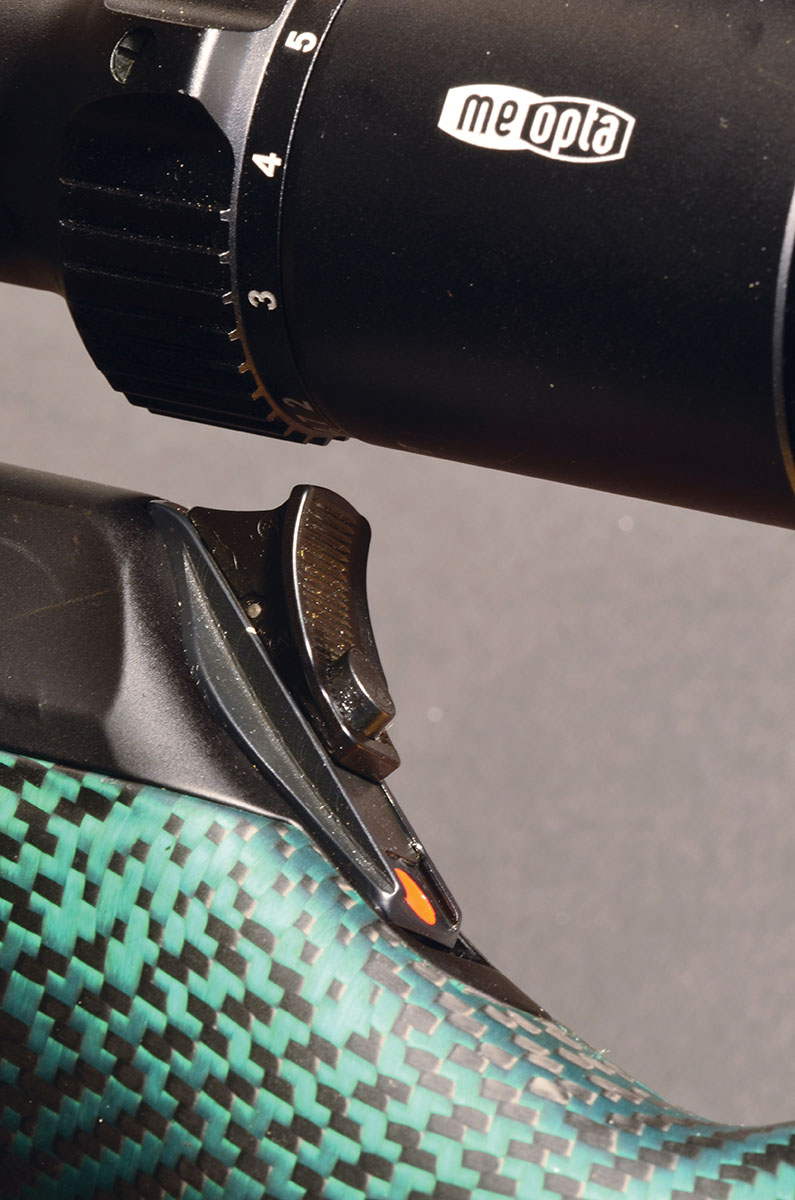
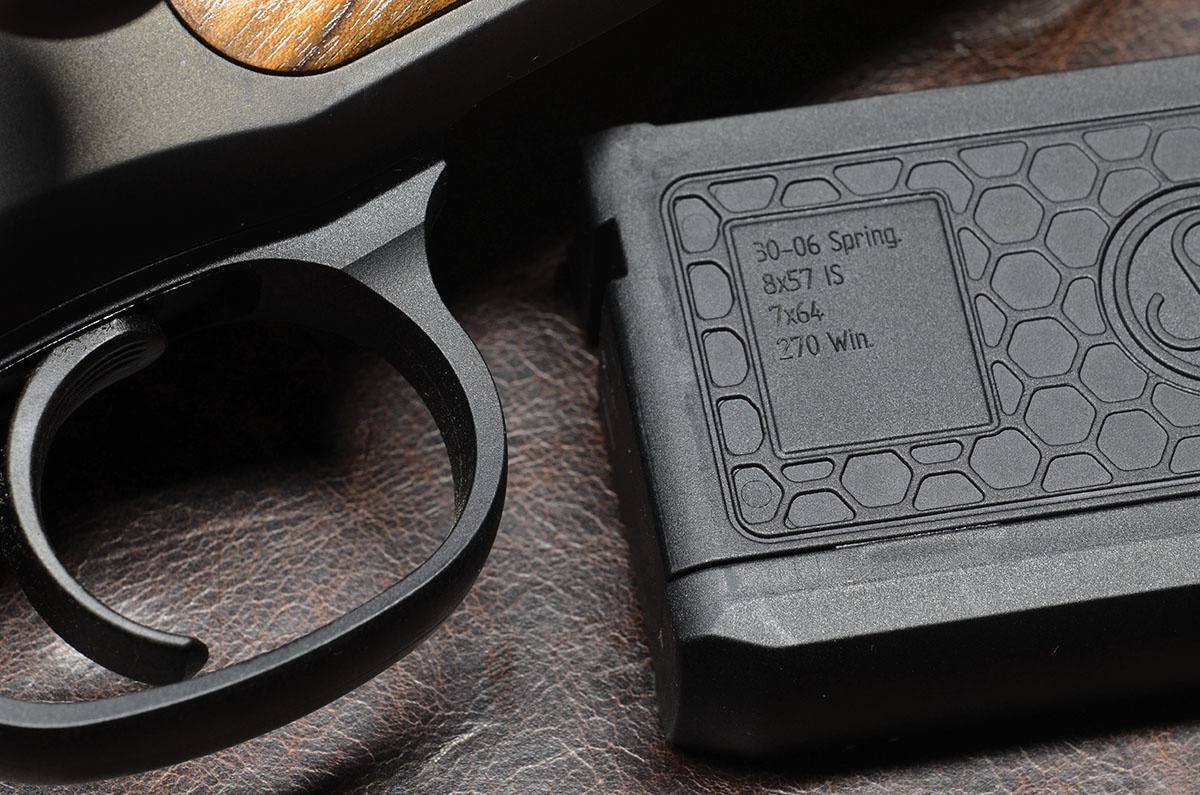
Other changes: The muzzle is threaded to accept a suppressor or muzzle brake, which are sold separately. Like the 404, it has a two-piece stock. Barrels, bolts and magazines are interchangeable, allowing the shooter to convert from one caliber to another.
One significant change: The Sauer 505 employs the Blaser detachable “saddle” scope mount rather than its own proprietary one found on the 404. It works the same way but fits the receiver differently. Again, this allows the owner to have as many scopes as his heart desires, and as barrels are switched and scopes switched with them, they return to zero.
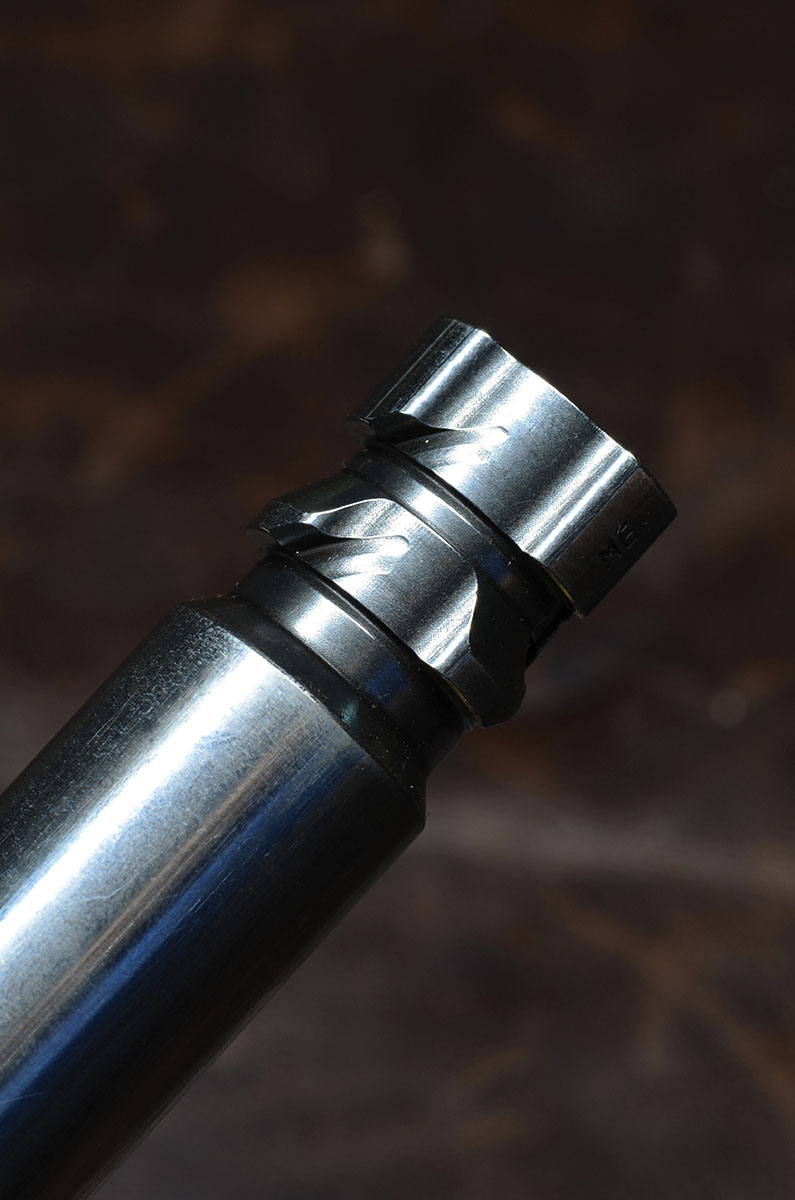
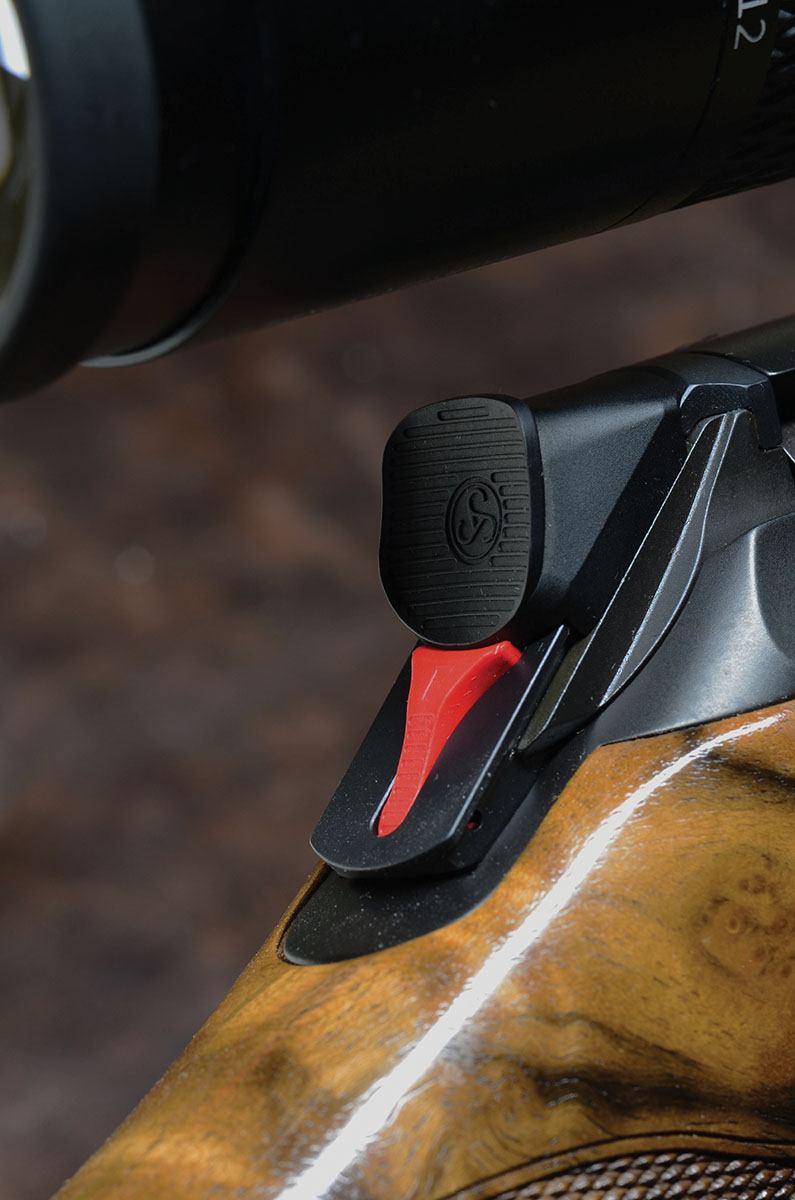
The Blaser saddle mount gets around this in several ways. It consists of three pieces: A rail that fastens to the receiver with a quick-detach mechanism, and rings that attach to the rail. In a quick tour of various websites, I found not only rings, high and low, ranging in diameter from one inch up through 30, 34, 36 and 40mm, but also a Picatinny rail version, both short and long, that will accommodate virtually anything your heart desires. Obviously, for Sauer and Blaser, it’s easier to manufacture all of these various bits to fit one system rather than two - and from the looks of it, they can accommodate almost any scope one might want to affix to the rifle.
There are few features of a high-quality rifle more important than trigger pull. The most accurate barrel in the world will not deliver with a lousy trigger pull, and the engineers that I have met at Sauer, all of them shooters, recognize this. The Sauer 505 trigger has four preset weight settings, from .77 to 2.75 pounds. Crisp? Sharp? Absolutely.
This brings us to the central principle upon which the Sauer 505 is built: versatility and interchangeability.
For centuries, the German gun trade has been distinguished by its fixation on guns that will do many different things. Combination guns, particularly the iconic drilling with two shotgun barrels combined with a rifle barrel, have been a German specialty.
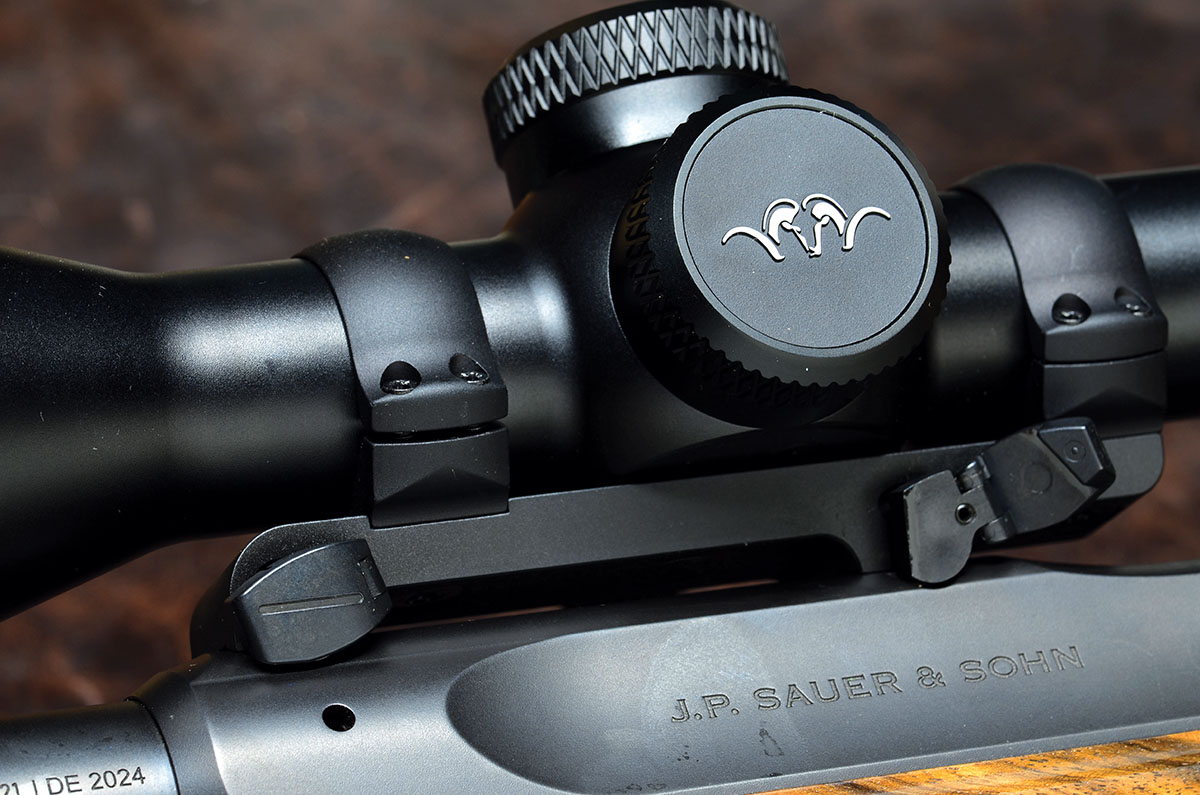
The rifle was beautifully made and certainly accurate, but I felt then (and still do) that a proper rifle should be a self-contained implement that one can leave behind the cabin door, loaded and ready for action. The modular Mechano-set approach of the R93 left me cold.
This bias gradually receded and eventually disappeared as I was exposed to, first, the Blaser R8, successor to the R93, and several different Sauers, beginning with its Model 202. These struck a balance, allowing one a wide variety of barrels and calibers with matched magazines and bolt heads, but once assembled, it was as “real” a rifle as one could desire.
When Sauer introduced the Model 404 a decade ago, I thought it was just about the ultimate! I mean, where can they go from here? At various times, I had two for evaluation, and I hated to send them back. Had I had $5,000 kicking around and no other purpose for it, at least one of them would have stayed with me. Alas…
Then they announced the Model 505 with considerable fanfare, and it burst on the scene more than a year ago. You might note that it is now 18 months later, and only now do I have one to look at. The reason? They are turning them out in Europe as fast as they can, and they’re leaving the shops as quickly as they arrive; this has left a limited number to come to these shores, and under the circumstances, why send one out to folks like me when they can simply sell it?
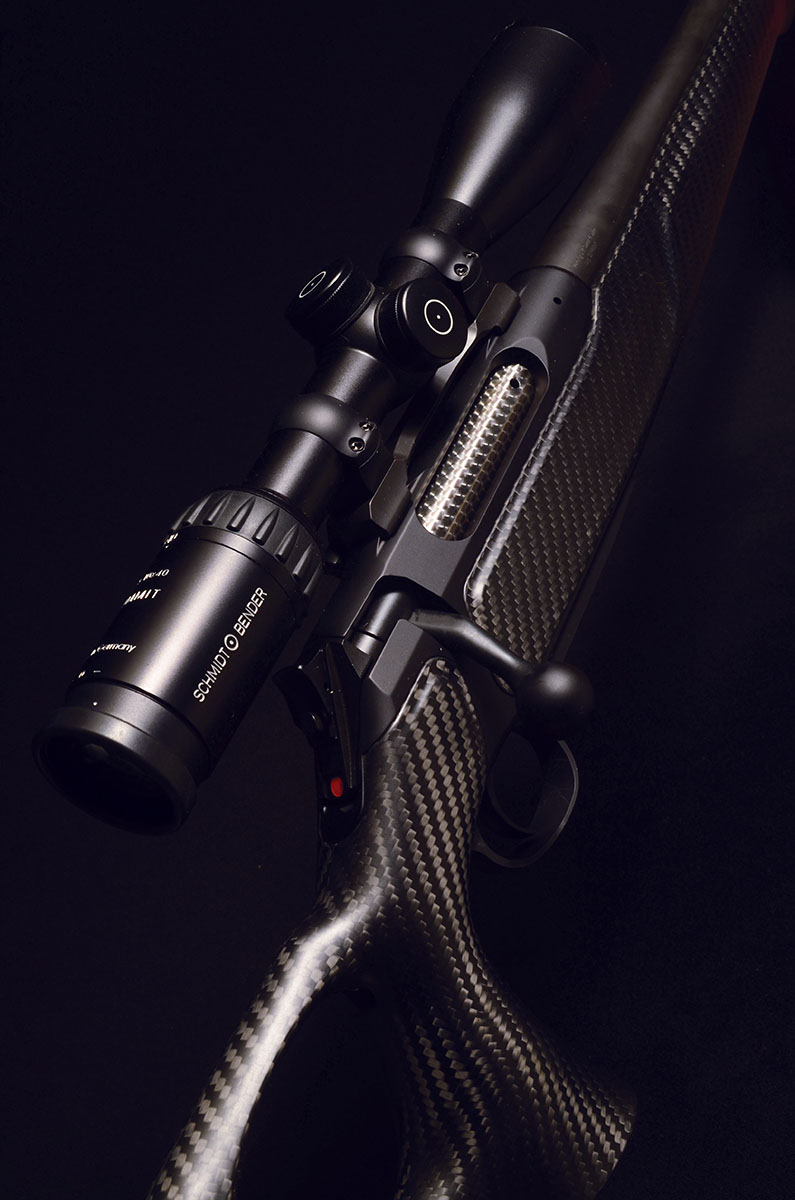
Not surprisingly for an international company serving the needs of different types of hunting in various parts of the world, what you find available on the Sauer website in Germany and what is readily imported into the United States by Blaser USA in San Antonio are two different things.
Germans like their buttstocks one way, Americans prefer them another; we are devotees of conventional calibers like the 30-06, while Europeans love the 8x68. Leaving those differences aside, however, the offerings here in the U.S. are still mind-boggling.
The calibers available include the 222 Remington, 223 Remington, 243 Winchester, 6.5 Creedmoor, 6.5 PRC, 270 Winchester, 270 WSM, 7mm Remington Magnum, 30-06, 300 Winchester Magnum and 375 H&H Magnum. That’s an even dozen cartridges, and all are available in four different configurations: Titanium Grey, Synchro XT Titanium Grey with a thumbhole stock and Synchro XT with a carbon fiber stock. The fourth, Lux Wood, is a conventional rifle with blued steel and a walnut stock; it can be had with seven ascending grades of walnut and even one with an adjustable comb.
Additionally, there is a substantial list of options, such as a bipod, a leather sling and a case, at an additional cost. You can get a fluted barrel for another $600, or opt for one of the “package” upgrades, where you get additional features geared to specific activities, from looking elegant on safari to backpacking up a mountain.
The rifle you see here is a 505 Lux with a wood upgrade in the middle range, chambered in 30-06 and sporting a Blaser riflescope.
The Sauer 505 does not come with a specific accuracy guarantee that I can find, but most such guarantees are of dubious value anyway. Sauer has a reputation for accuracy going back centuries, and combines its cold-forged barrels with a stock design that leaves the barrel free of any contact with the forend. I shot groups with three different brands of premium factory ammunition, and the five-shot groups were all around an inch - some a little larger, others a little smaller.
The 505 is neither intended to be a sniper rifle nor a benchrest competitor. For any ethical, fair-chase situations I can think of, the 505 is everything you need, and more, in terms of accuracy. I would add that any Sauer I’ve ever had has responded well to load development and tailored handloads - including that long ago Sauer-made Weatherby Mark V. There was a reason Roy Weatherby chose J.P. Sauer to manufacture the first Mark Vs.
One thing that set Weatherby apart, 50 years ago, was the slickness of the action, indicative of the superlative internal finishing. Sauer rifles generally are renowned for fit, finish and slickness, and the 505 is no exception. I may have worked bolts that were just as slick, but never one that was slicker.
Technically, the 505 is replacing the 404, although the 404 is still in production. I am advised that it is being “phased out.”
It’s worth noting that the 404 did not get the commercial reception Sauer hoped it would. Writers loved it, and many riflemen would have loved to have one, but its base price of $4,000 was a deterrent. With the 505, the company has managed to make improvements while, at the same time, reducing the price. Although $3,500 is not a huge reduction, it is noticeably less, and that’s no small thing at a time when the price of virtually everything is rising.
Looking at what I have written here, I feel I’ve short-changed some features of the 505 that deserve mention. For example, the 404 had two small tools, integral with its detachable sling swivels, for removing stocks, switching barrels and so on. The 505 has only one - a simplification that is small but significant.
There are ultra-modern CNC facilities at their factory, with computerized everything and the most up-to-date processes for polishing and finishing. In fact, one could build an entire article just around how the receivers are forged and fashioned. It is state-of-the-art and, just as it has for 274 years, J.P. Sauer & Sohn is setting the industry standard and setting it high.
In my modest collection, I have an over/under rifle/shotgun, a Bockbüchsflinte, in German parlance, which has the distinction of having external hammers. External hammers on an over/under are rare for the simple reason that they are extremely tricky to build, demanding gunmaking of a high order. This one was made by J.P. Sauer in 1913, during the absolute golden age of fine gunmaking in Europe.
I set it beside the 505, just for fun, and started running my hands over them. It used to be said that a gunmaker had eyes in his fingertips, and that he could feel imperfections that were invisible to the eye. I don’t pretend to have that facility, but I have handled a lot of very fine guns and rifles during my time, and set great store by how a rifle feels.
The 505 compared very well to the old O/U in that regard. No burrs, no rough edges, no imperfections of machining or finish. You can feel quality, and the 505 has it in spades.
One can feel, if I may put it this way, almost three centuries of gunmaking expertise combined with real-world experience in the field to produce a superb hunting rifle.


